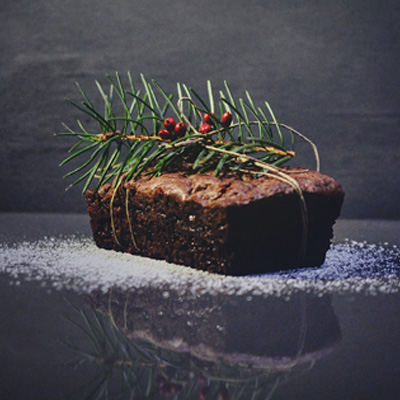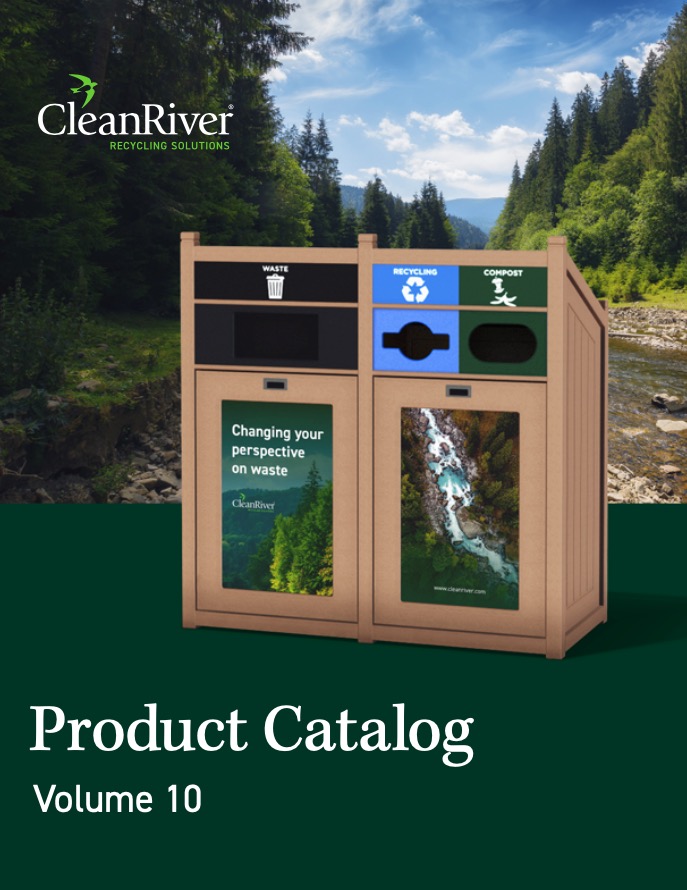Share
If you haven’t heard about the zero-waste lifestyle, it’s all about producing as little trash as possible by:
- refusing all single use plastics
- buying from bulk stores using reusable containers
- viewing all purchases as a vote for the type of world we want to live in
CleanRiver Guest Blogger Trish Jane or @zerowastetrish as her large amount of followers know her, is more than just an advocate for a zero-waste lifestyle. She has dedicated her family of three to leaving the planet a cleaner and healthier place by producing as little waste as possible. We can’t help but be inspired by her efforts and look at our own choices through a zero-waste lens. How could your celebrations look if you considered the impact on the earth, water and air with every decision that you make? Something to think about. If you go into December with that question in mind, you will be surprised at how easy it is to reduce your personal environmental impact.
Here is part 2 of her Zero Waste Tips to Enriching Your Holidays:
1. Give Zero-Waste Gifts This Year
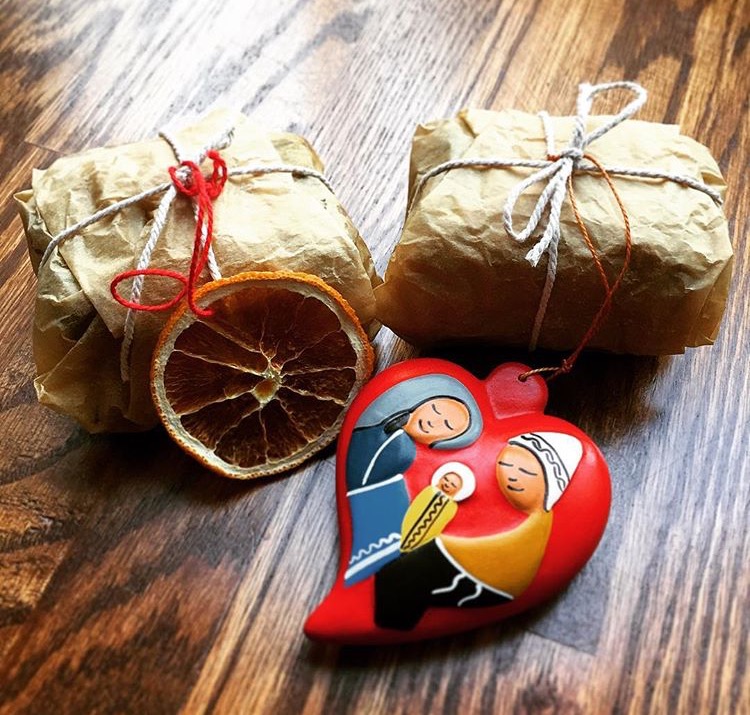
When it comes to gifts to put under whatever form of tree you may have, think outside the mall, and consider the environmental impact of your purchase. Also, minimalism is so trendy right now that not giving a gift, especially a physical item, will likely be appreciated by most people. I know of some families have taken any money they would have spent on gifts and instead make a donation to a local charity or sponsor a child in need in a lesser developed country.
Zero-waste gifts are surprisingly easy to do, are usually quite affordable and most definitely well received. Always consider the quality of the item you’re buying and try as much as possible to support local shops and artisans. And if you’re crafty in anyway, consider making a gift. Check the list below for some zero waste gift ideas to see if they would be appreciated by anyone on your list.
- Experiences and gift cards
- Air purifying house plants
- A thoughtful hand written letter
- Zero waste lifestyle items such as a stainless steel water bottle or reusable produce bags
- Consumables and gourmet food items

2. Stay Away From Traditional Gift Wrap Paper
Plain paper gift wrapping began as a way to protect the small, useful presents during transport across the harsh Canadian landscape of the early 1900’s. Then once WWII ended and the golden age of advertising took over, so did our obsession and now obligation to gift wrapping.
Conventional wrapping paper simply does not align with the zero waste objectives at all! North Americans spend billions of dollars every year on this consumerism driven, single-use product (although some misers are careful with the tape and do use again). Cardboard tubes made from the forests of our land, wrapped in heavily processed paper with toxic inks, under a plastic shrink wrap, shipped around the world on ocean destroying cargo ships thus requiring even more oil to be drawn from the earth, all in the spirit of giving… doesn’t sound very giving to to Mother Earth.
Gift wrapping the way we know it simply cannot carry on the same course with elaborate designs and mixed materials. It makes my heart sink to think about future generations left to deal with the trash heaps from this utterly unsustainable tradition.
So what can you do about it?! Keep on reading my earth loving friends…
Save the shipping paper from your online orders or from deliveries at your place of work. Be as crafty as you want with this and get the kids to help. Reuse other papers too, such as outdated maps you may have kicking around, or colourful magazines. Natural paper tape is growing in popularity as people try to avoid conventional plastic tape.
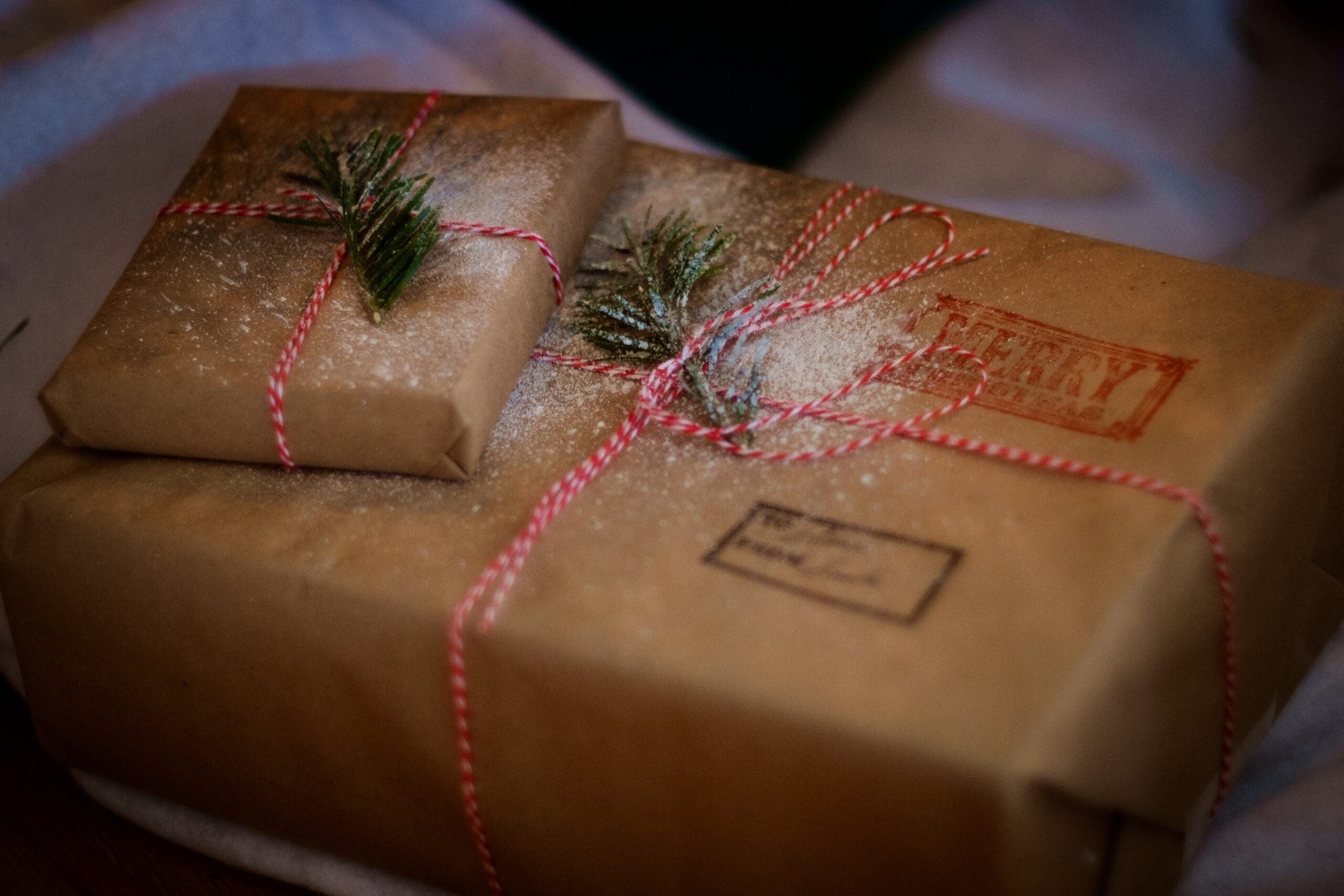
If you have basic sewing skills, consider making reusable drawstring bags from fun coloured cotton fabrics. These can be reused for years and years, or they can be part of the gift and used for bulk purchases or unpackaged bread from the local bakery.
If you don’t have any sewing skills, but have lots of extra fabric lying around from an old table cloth or that sweater you shrunk, consider wrapping the gift in cloth and tying it up with twine or safety pins.
For a more formal looking cloth wrapped gift, look into the Japanese art of scarf wrapping, or furoshiki. There are lots of tutorials online for how to wrap up pretty much anything using just a square piece of fabric. The material you use could get reused for future gifts, or it could be part of the gift and worn again as a scarf, or their own furoshiki cloth!
And finally, get creative with your gift wrapping. Reuse old tennis ball containers, or maybe wrap the gift in the gift… I will leave that for you to think about what that means. And my husband said that when he was a kid, none of his gifts from Santa were wrapped, but instead Santa left a scavenger hunt for them to find the gifts. So the joy of running around the house was way more exciting that tearing into paper.
Have you heard of a Christmas forest? I know of some families who buy a potted plant each year and decorate that for their Christmas tree. Once the ground thaws in the spring they plant the tree and then as the years go by they have all these beautiful trees in their yard.
3. Try Zero-Waste Cooking For Holiday Feasting

I have worked in the natural health industry for almost a decade now, and the plastic-free diet has been the healthiest, most enjoyable nutritional journey I’ve ever been on – and I’ve done all the diets from Whole 30 to the wretched candida cleanse. I truly believe that mindfully preparing meals with ingredients gathered with excitement and respect will greatly encourage optimal health.
I promise that if you shop zero-waste for even just a few special meals this December, you will reconnect to meal time in a whole new way and truly anticipate, smell, chew and savour your food. Remember to give the body time after the meal to digest the food. Lingering at the table, delaying the clean-up of the dishes is not lazy, it’s really quite healthy!
And don’t be put off thinking it will be more expensive. A lot of zero waste grocery shopping is done at bulk stores, and the beauty of that is you only have to buy what you need. Also, did you know that up to 15% of the price of most food items is the packaging?!
Zero-waste cooking means getting to know where your food is coming from by talking to the vendors at the local farmers market. It means learning how to cook new grains from the local bulk store. It means finally trying that old family recipe from your great grandma, because hey, she had to make her meals zero-waste, so they’re easy to work with!
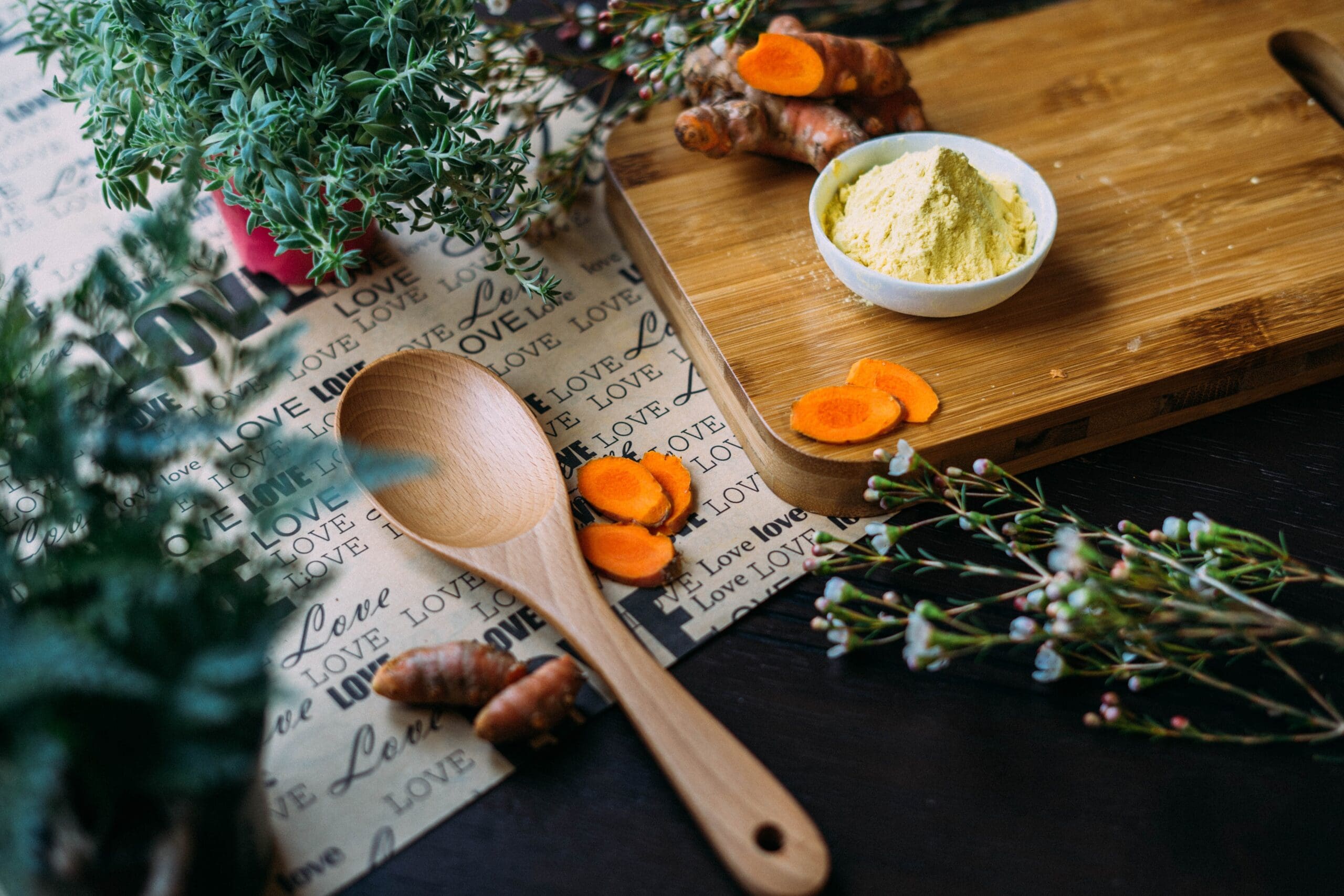
The two most important things to remember when shopping zero waste is to be flexible and to have patience. Flexible because sometimes you can’t get what you are looking for when all the peppers at the store come in plastic wrap, you instead swap for a loose zucchini. And patience is key because depending on how well you know local area, it may take time before you can find certain items zero waste. When I started zero-waste in July of this year, I had to wait two months for nacho chips before I realized you can buy them in a reusable container from a local Mexican restaurant.
Research online of various businesses in your city that offer bulk and make the grocery and market shopping this December a time of exploration of what little hidden zero waste gems are in your area. Remember to come prepared with your zero waste shopping items like bags and containers for your food stuffs.
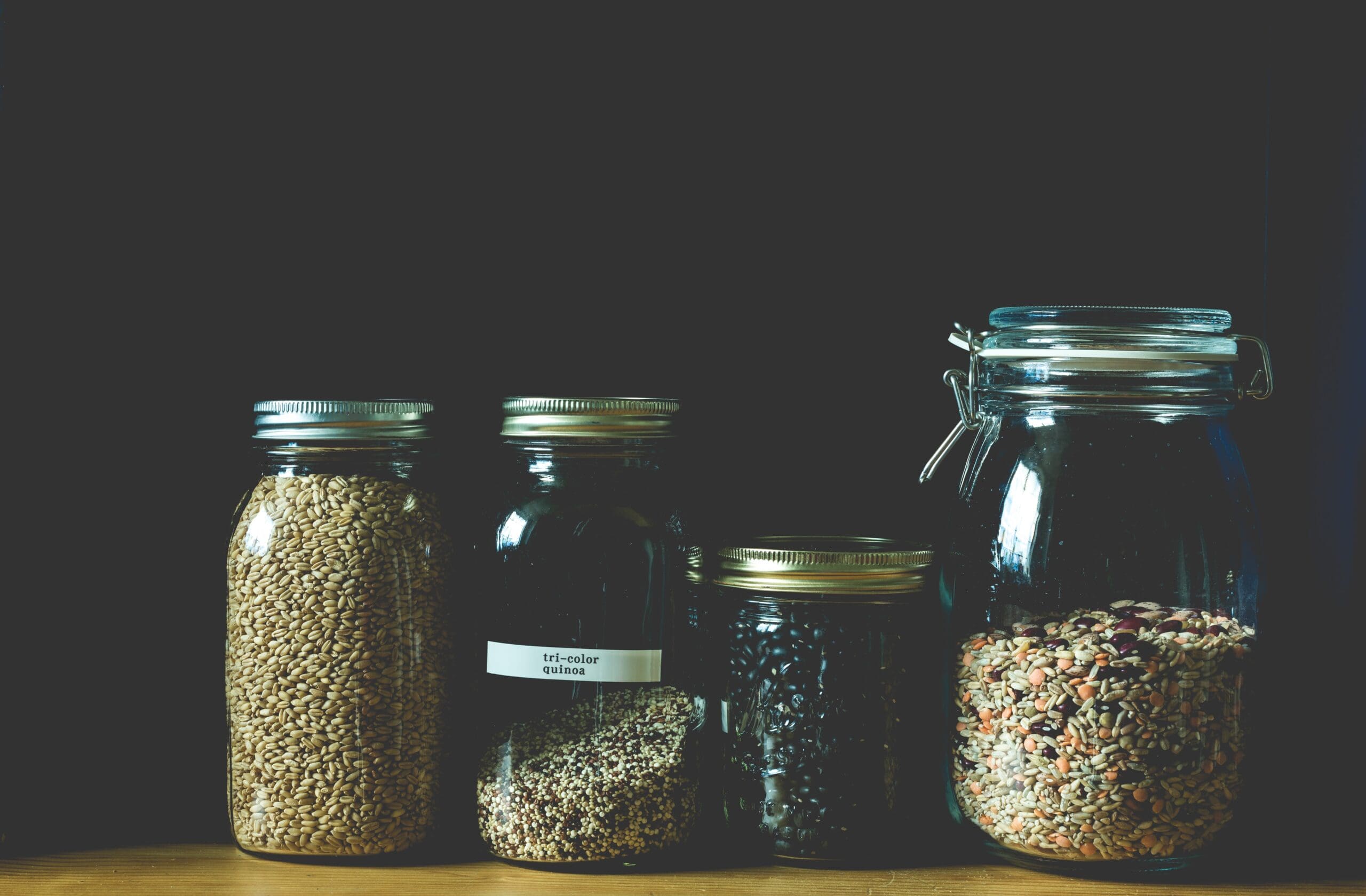
When caught in last minute situations, just go to the grocery store with the intention for little to no plastic, and buy products in packages that are easier to reuse or recycle (like glass and aluminum).
If getting take out, be brave and bring your own container, and at the start of your order have a one minute conversation about how you’d like to take your food home in your own container and won’t require any additional plastic cutlery, bags or napkins. Most small businesses especially love this as they see this as a cost savings for them not having to hand out another takeaway container.
For more information on how to achieve a sustainable lifestyle, check out our past blogs The Magic of Recycling and 5 Risks To Consider Before Starting A Recycling Program
By Trish Jane

Trish Jane is a holistic nutritionist living the zero waste lifestyle in Waterloo, Ontario. With a passion for sustainability and an environmental degree, she made the full fledged commitment on July 1, 2017. Thankfully her husband and toddler daughter are on board and now have a mason jar on the counter as their household garbage can. For more information follow her on her journey to less on Instagram @zerowastetrish.
CleanRiver Recycling provides a variety of innovative, flexible and customizable recycling solutions. To determine the right solution to meet your needs, use the CleanRiver product selector.
If you have additional questions that weren’t answered in this blog post please call us at 1-888-646-4246 or email solutions@cleanriver.com.

